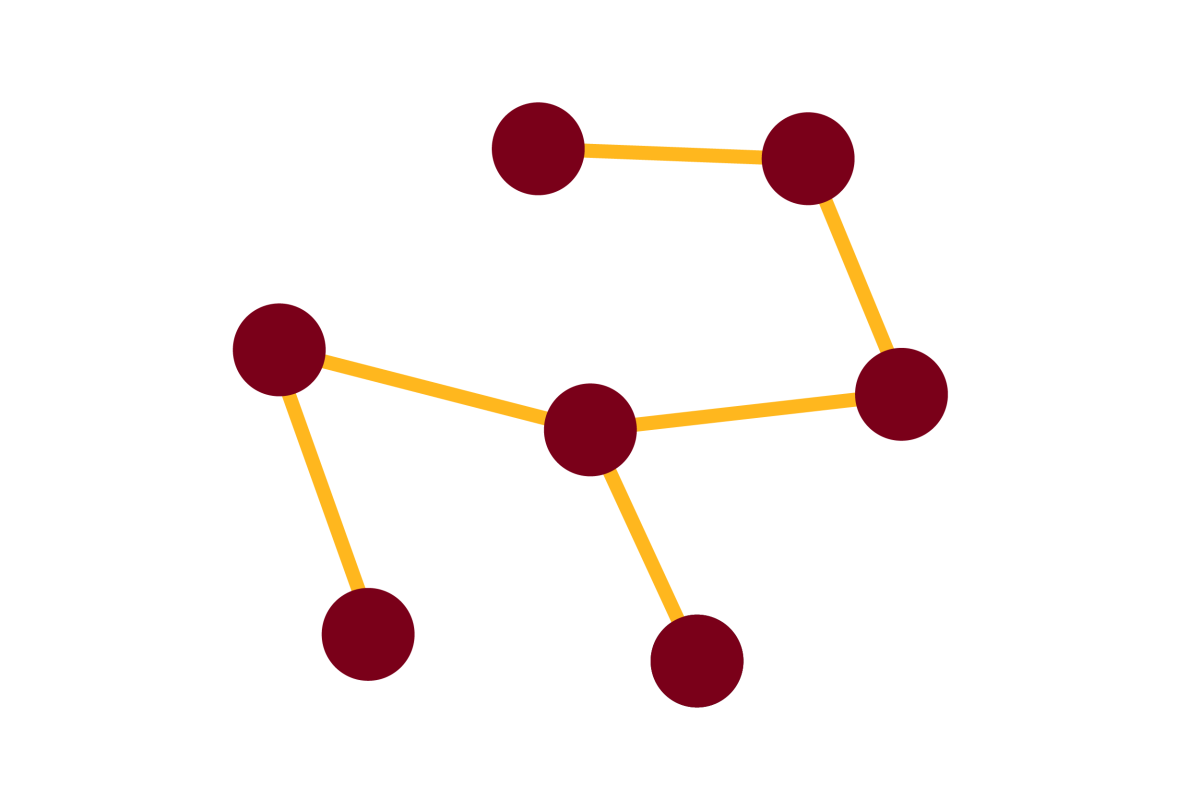Trans-acting genetic variation affects the expression of adjacent genes [journal]

Journal
Genetics - March 2021
Authors
Krisna Van Dyke, Sheila Lutz, Gemechu Mekonnen, Chad L Myers (professor), Frank W Albert
Abstract
Gene expression differences among individuals are shaped by trans-acting expression quantitative trait loci (eQTLs). Most trans-eQTLs map to hotspot locations that influence many genes. The molecular mechanisms perturbed by hotspots are often assumed to involve “vertical” cascades of effects in pathways that can ultimately affect the expression of thousands of genes. Here, we report that trans-eQTLs can affect the expression of adjacent genes via “horizontal” mechanisms that extend along a chromosome. Genes affected by trans-eQTL hotspots in the yeast Saccharomyces cerevisiae were more likely to be located next to each other than expected by chance. These paired hotspot effects tended to occur at adjacent genes that also show coexpression in response to genetic and environmental perturbations, suggesting shared mechanisms. Physical proximity and shared chromatin state, in addition to regulation of adjacent genes by similar transcription factors, were independently associated with paired hotspot effects among adjacent genes. Paired effects of trans-eQTLs can occur at neighboring genes even when these genes do not share a common function. This phenomenon could result in unexpected connections between regulatory genetic variation and phenotypes.
Link to full paper
Trans-acting genetic variation affects the expression of adjacent genes
Keywords
bioinformatics, computational biology